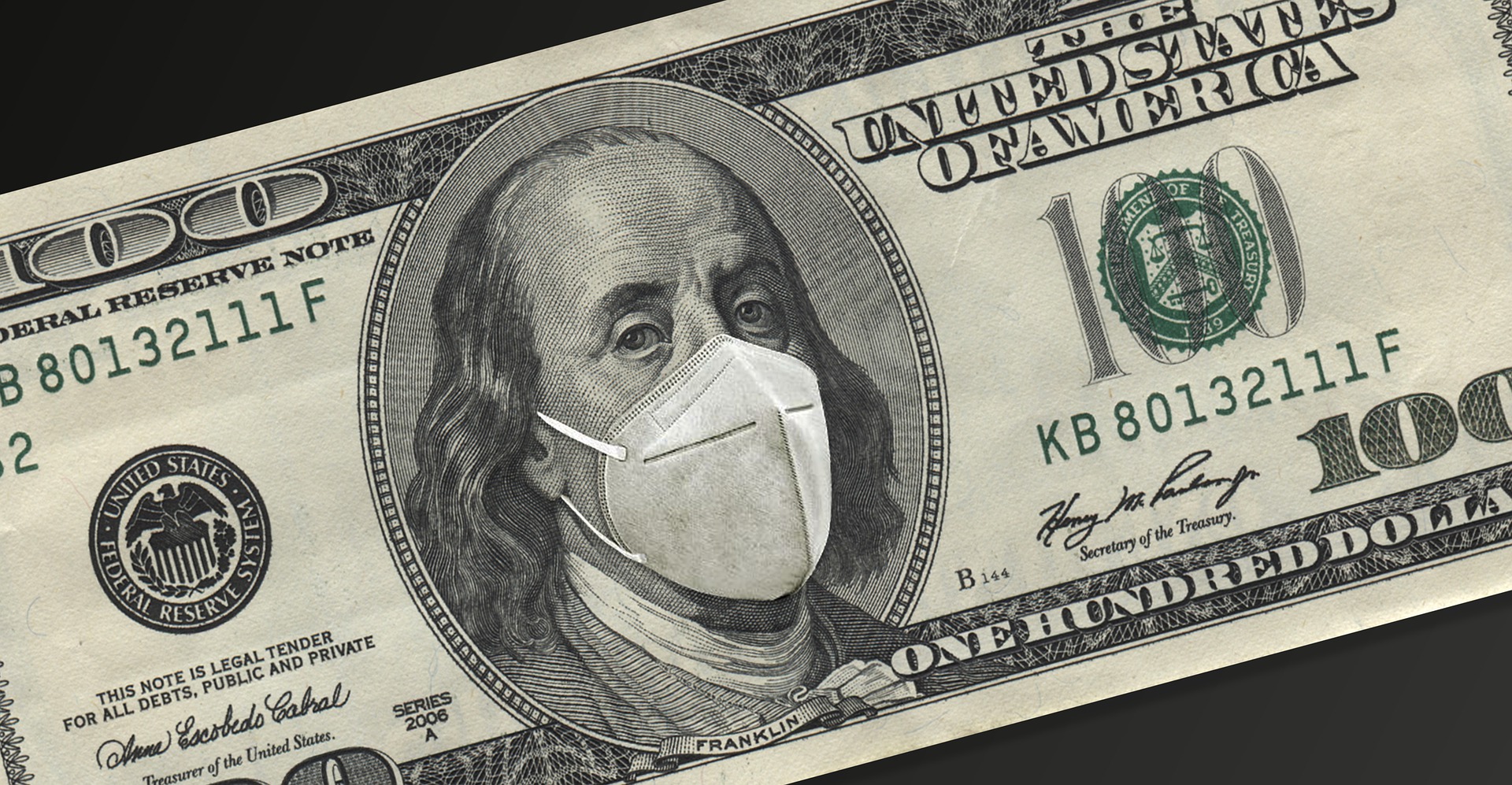

Summary
• Even if Omicron turns out benign, much uncertainty still exists around the pandemic’s path.
• We estimate US states’ infections and vaccine-induced immunity: both negatively correlate with Covid deaths. By contrast, infection-induced immunity has a stronger negative correlation with cases than vaccine-induced immunity.
• State health authorities focus more on hospitalizations and deaths than cases, suggesting limited risk of lockdowns this winter – assuming Omicron is benign.
• If our view turned out too optimistic, policy support would be limited because renewed fiscal easing would be politically difficult and the Fed has become more hawkish.
Market Implications
• Further curve flattening is likely as the Fed is tightening into a supply shock and exceptional fiscal consolidation.
This article is only available to Macro Hive subscribers. Sign-up to receive world-class macro analysis with a daily curated newsletter, podcast, original content from award-winning researchers, cross market strategy, equity insights, trade ideas, crypto flow frameworks, academic paper summaries, explanation and analysis of market-moving events, community investor chat room, and more.
Summary
- Even if Omicron turns out benign, much uncertainty still exists around the pandemic’s path.
- We estimate US states’ infections and vaccine-induced immunity: both negatively correlate with Covid deaths. By contrast, infection-induced immunity has a stronger negative correlation with cases than vaccine-induced immunity.
- State health authorities focus more on hospitalizations and deaths than cases, suggesting limited risk of lockdowns this winter – assuming Omicron is benign.
- If our view turned out too optimistic, policy support would be limited because renewed fiscal easing would be politically difficult and the Fed has become more hawkish.
Market Implications
- Further curve flattening is likely as the Fed is tightening into a supply shock and exceptional fiscal consolidation.
Unknown Unknowns Could Be the Most Important Factors for Omicron
As Professor Stebbing stressed in our webinar, we know little yet about the Omicron Covid variant. A worst-case scenario where it is more transmissible and leads to worse infections than Delta, and evades existing vaccines and antivirals, seems unlikely but not impossible.
Yet as always with complex, real-world situations, the ‘unknown unknowns’ could be most destabilizing. For instance, Stebbing cited preliminary evidence that Omicron could be impacting toddlers, when they are at the most vulnerable in terms of the development of their immune system. If so, Omicron could disrupt the world economy as much as the first wave of infections. On the other hand, Omicron could turn Covid into the equivalent of a winter cold if it crowds out Delta and leads to mild infections. Stay tuned for updates.
Red States Are Better Positioned to Avoid a New Covid Wave
Omicron is increasing existing uncertainty around the pandemic’s path that, we think, markets have been (and still are) underestimating. For instance, cases have been rising again, and vaccines clearly work worse than expected, particularly for infection prevention. We have run simulations of immunity for US states, based on different rates of decay of vaccine- and infection-acquired immunity, test positivity, infections and inoculations.
Our simulations show red states have higher natural immunity. This is likely due to their lighter-handed policy response and lower immunization rates, which enabled higher infections (Chart 1). In Idaho, natural immunity is almost as high as vaccine immunity! We must interpret our data cautiously: for instance, vaccine- and infection-induced immunities are not additive, since immunizations have been conducted irrespective of whether individuals had a prior infection.
The correlation between our estimates of vaccine-induced immunity and case growth has been weakening. Meanwhile, that of infection-induced immunity has been strengthening. By contrast, the correlation between vaccine- and infection-induced immunity and Covid deaths remains strongly negative.
The Bar for Policy Support Is Now Higher
Perhaps the biggest economic risk from Omicron, at this stage, is that the bar for further policy easing is much higher than in 2020. The pandemic happened in an election year, so it was perhaps unsurprising that income support to households was exceptional. In 2020, after-tax personal income was 7.5% above 2019, and in 2021 H1, it was 17% above 2019 H1. The pandemic effectively came with a fiscal-policy-induced positive demand shock. Against pervasive supply bottlenecks, the demand shock translated into an inflation shock, which has played a major role in lowering President Joe Biden’s job approval. Consequently, the administration could be reluctant to reverse the fiscal consolidation underway.
Monetary easing appears equally unlikely for supporting a mild downturn. This week, Fed Chair Jerome Powell announced it was time to ‘retire the word transitory’ to describe inflation and that a faster taper announcement was likely at the 15 December FOMC meeting. That Powell is accelerating policy normalization against a backdrop of increased economic uncertainty suggests inflation has become a more important driver of monetary policy than employment. The risk, however, is that, with inflation driven by supply shocks and past fiscal expansion, the Fed is targeting inflation changes beyond its reach. The Fed could consequently overtighten and amplify any downturn the pandemic causes.
Market Consequences
Since Powell’s comments, the 10×2 spread has fallen by 15bp. We think scope exists for further flattening as markets are currently pricing only two hikes in 2022, while current Fed communications imply three in our view. Furthermore, as discussed, the Fed could overtighten, suggesting more downside to 10-year yields.
